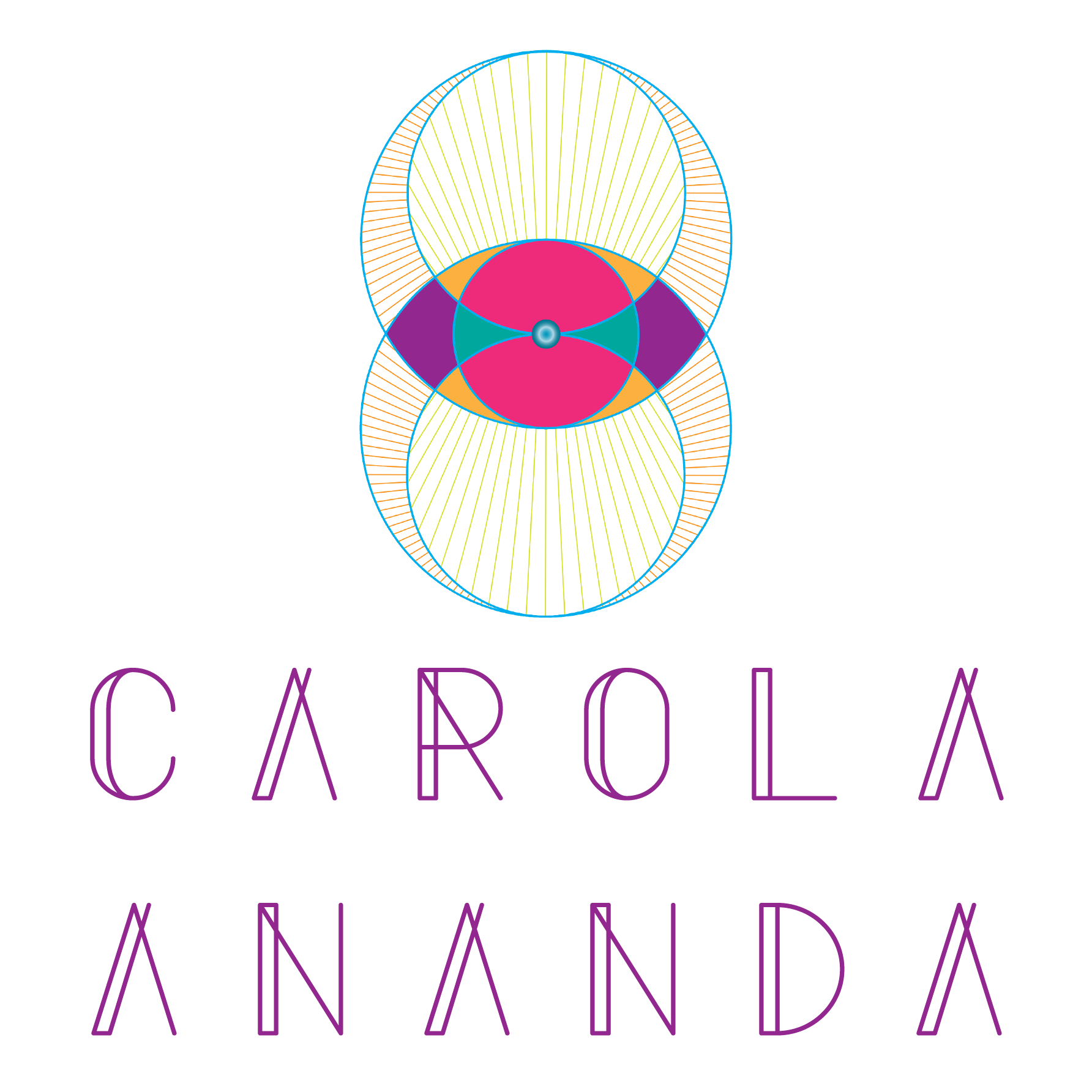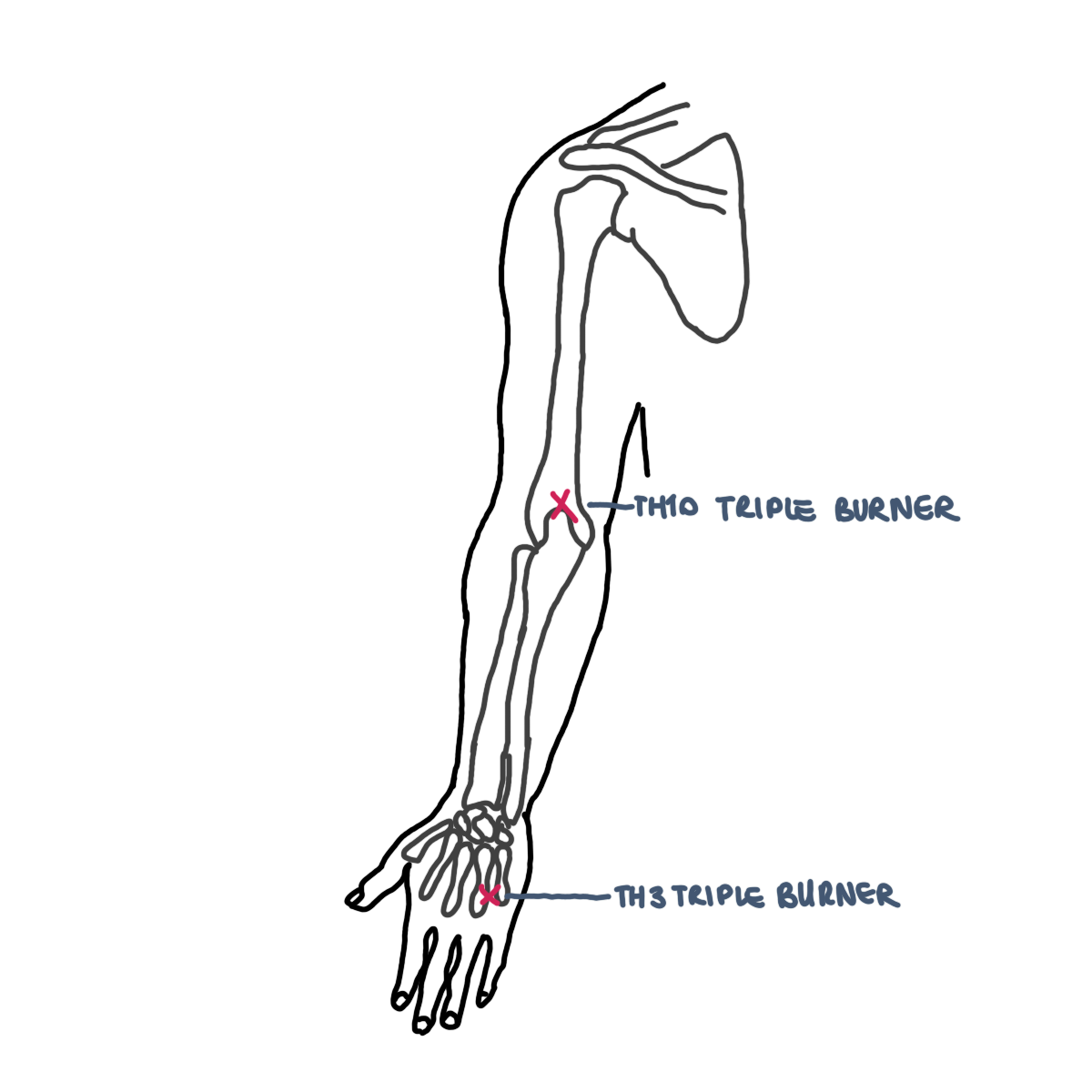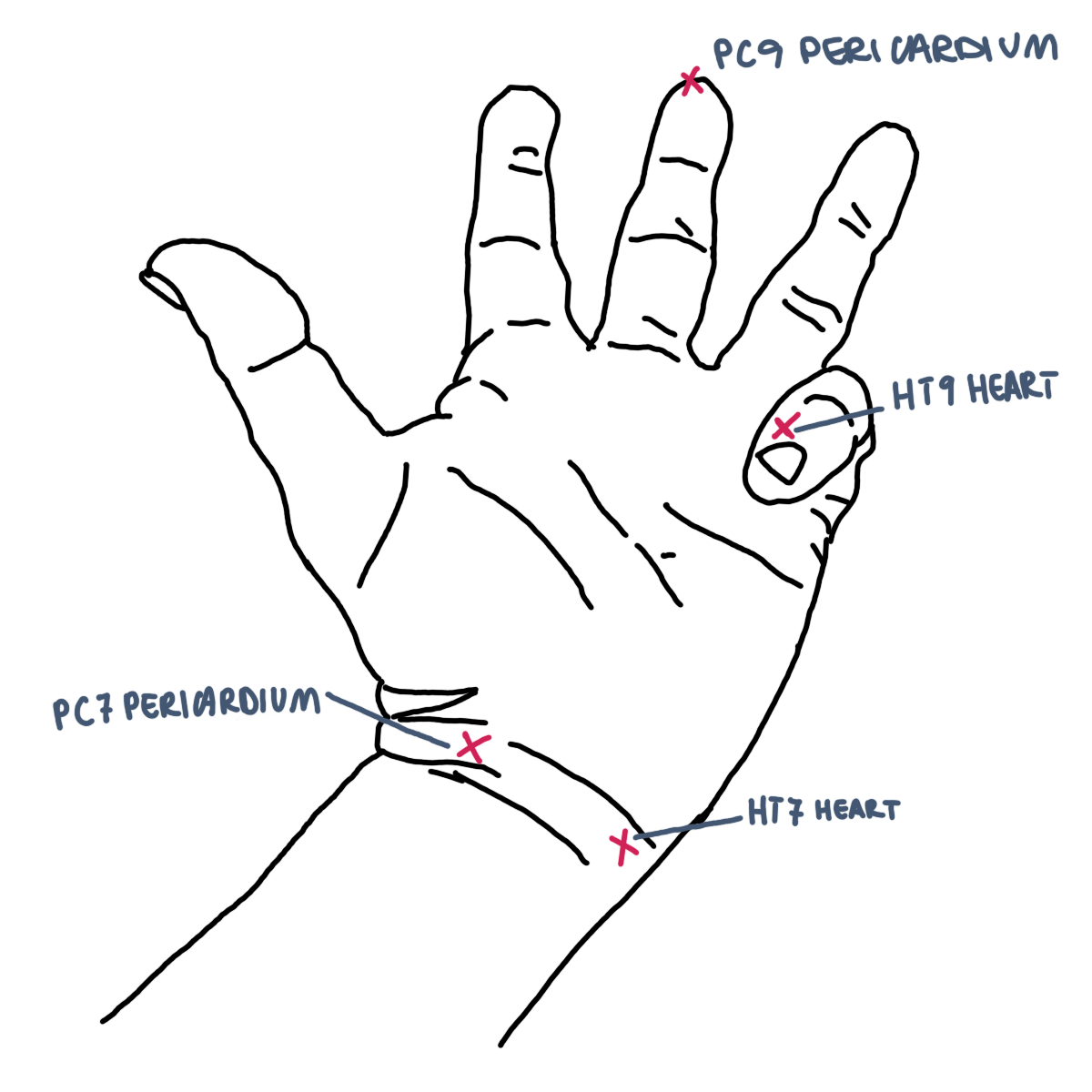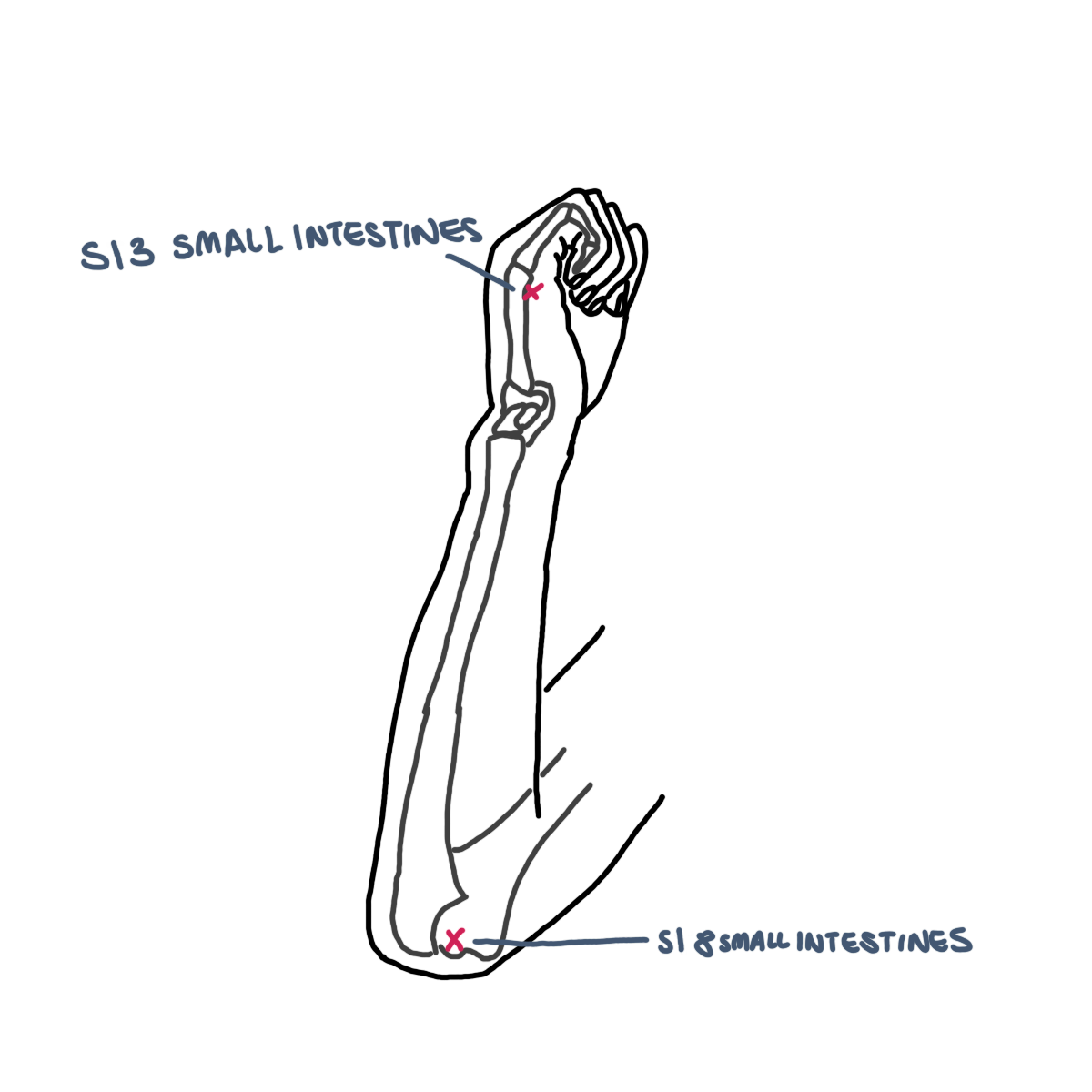Fire Element and Yin Yoga
Summer is a time of maturity, outdoor and social time, holidays and sun; nature is mature, it takes care of its self and starts ripping the fruits of the hard work. Days are long, the evening warm and time is slow.
In Traditional Chinese Medicine (TCM) summer is the time of the Fire Element, together with the Heart, Small Intestine, Pericardium and Tripple Burner meridians, the Emperor, the Separator of pure from impure, the Heart-Protector and the Official of Harmony and Balance of our bodies and minds. Summer is a time of expansion, the most active of the year, people get out of their homes, wear fewer clothes, go on holiday and spend time at the seaside. People are more expansive and outgoing, more social and outwards. Summer is normally a season of joy and pleasure.
This article is for informative purposes, it is not meant to be interpreted as a replacement of Health Care Provider (HCP) advice and work. If you are experiencing any discomfort or pain, you are highly encouraged to visit your HCP and if you wish to learn more about TCM, I highly encourage you to visit a Chinese Medicine doctor.
This information and practices have been collected to deliver a Yin Yoga workshop, teaching physical postures, myofascial techniques and acupressure points to raise awareness about the fire element side in each one of us. Perhaps coming out of this practice feeling more joyful, ready to give love and receive love.
Sequence
Seated
Neck stretch (upper traps)
Wrist stretches (heart)
Puppy stretch with bent elbow (small intestines)
Tennis balls - deltoid & upper traps, pecs release
Acupressure points
Broken branches
Gomukasana arms
Twist
Supported Savasana
Acupressure Points
Fire interacts with other elements via the Cheng and Ke cycles: the Cheng is the cycle of mother-child or creation, while the Ke is the cycle of grandmother-grandson or control (2). Fire is the mother of earth, earth needs fire to be created; after a fire has burned it leaves ashes which become earth. At a physical level, earth element symptoms including digestive issues may originate from the element of fire such as heartburn. Wood is the mother of fire, without wood, fire can not be alimented. At a physical level, heart pain which apparently may be related to the fire element, in reality, is a consequence of a wood imbalance from the liver or gall bladder and due to excess anger, rage or frustration.
Fire controls metal since only fire is able to melt metal and change its share. When this relationship is out of balance, people may suffer from lung issues, at a mental level, imbalance may embody in the incapacity to receive Qi from the Heavens or to distribute protective Qi.
Fire is controlled by water, which has the power to extinguish and tame it. Too much fire may lead to inflammation or drying of the joints. Water will help to control and tame such tendencies.
We will be stimulating the mother-child points for the four meridians. These points are normally a good starting point to bring about balance and stimulation within the meridians (5). Often imbalances are found in the mother or the grandmother element.
Heart: HT 9 mother, HT 7 child
Small Intestine: SI 3 mother, SI 8 child
Fire Types Patterns of Behavior
People with a healthy fire element are able to receive and give love maintaining healthy boundaries (2). This enables them to navigate between different types of relationships and open or close according to the nature of the contact in an appropriate manner.
Their early years will have a massive impact on how their fire element develops and matures. If they withness a lack of love or not enough attention they may develop a tendency to believe they are not lovable or capable to give love, which will have detrimental effects on their relationships later in life. If a child experiences rejection, this may lead to closeness and incapacity to interact appropriately with others, becoming incapable to develop intimacy. On the other side of the spectrum, they may crave intimacy and become too attached or open up too soon. Many fire individuals are continuously swinging between extreme happiness and sadness, incapable of finding balance and peace.
The main issues for a fire-type revolve around:
Love and warmth
Emotional volatility
Closeness and intimacy
Happiness
Clarity and confusion
This may lead them to continuously ask questions such as:
Am I lovable?
Why do I go up and down so much?
How can I truly relate to others?
How can I find true happiness?
Why can’t I sort things out?
Behavioural patterns of the fire element swings between these extremes (2):
Compulsively cheerful —————- miserable
Open and overly sociable —————- closed and isolated
Clowning —————- earnest
Vulnerable —————- overprotected
Volatile —————- flat
Compulsively cheerful —————- miserable
It is normal for fire types to swing between states of extreme joy and sadness. They may have a tendency to externalize only their happiness and suppress their sadness, which only emerges while in solitude. They can be full of enthusiasm and warmth, which is highly contagious and magnetic. They are normally inspirational teachers and people tend to gravitate towards them. Taken to the extreme, they may become obsessed to cheer for others and incapable of understanding those going through a hard time and become insensitive towards their needs. Being happy and making others happy is deep-rooted in their nature and vocation in the world.
Many fire types, may feel obliged to always show a smile, while deep down they are experiencing sadness; this may be a sign of lack of confidence. Sometimes the best thing for them is to have a good cry, to purge these feelings of sadness and understand the root cause of such misery. As their happiness is contagious, so is their sadness. Extreme sadness may lead to self-obsession and they can only think and talk about themselves. Others may try to comfort them but they may push them away to prove to themselves that they are not lovable.
Open and overly sociable —————- closed and isolated
Relationships and social connection are high on the list for fire types and they may crave them or showcase aversion. They may be jumping into intimate relationships prematurely, quickly burning the passion without allowing things to settle. This may produce inappropriate openness in relationships, opening up too quickly and too much, losing all sense of boundaries. This may be driven by a deep-rooted desire to be loved and please everyone in their lives. Fire types may be great at establishing deep relationships with strangers and create connections. On the other side of the spectrum, they may have difficulties establishing relationships and become withdrawn and closed. These prefer to be in their own company and dislike attending events with people they do not know. Others are great socialite, love partying and enjoy a few drinks to boost their inner fire. Many swings between those two extremes and are quite good at establishing and cutting off contacts with people.
Clowning —————- earnest
The radiance of the Shen makes them great performers, many great comedians are fire types and many tend to develop cardiovascular imbalances. They are also great entertainers and lecturers. Taken to the extreme they may be overly clowning or extremely serious and dry, showcasing a complete lack of laughter.
Vulnerable —————- overprotected
When the fire element is out of balance, it may lead to vulnerability or over-protection in relationships. This may lead to an extreme tendency to please one’s partner and complete submission which may lead to vulnerability and lost independence. Additionally, they may become thin-skinned and cannot take any criticism. This may also extend beyond intimate relationships and fire types may become vulnerable in any social context either feeling not understood or becoming impatiently to establish more intimate contact.
Those that have been hurt, may become overly protective and closed in themselves. They are incapable of going deeper into relationships and protect themselves by becoming emotionless and build armour around them. They prevent relationships by hiding their feelings and attraction towards others.
Volatile —————- flat
Many fire-types witness a continuous emotional rollercoaster, unable to find stability and joy they swing from extreme joy to extreme sadness. This swing may be due to no apparent reasons or as a consequence of their relationships. This tendency can be easily reverted and some comforting words may do the trick or others actually enjoy this continuous emotional tornado. Conversely, some experience complete flatness and dullness, sunk in long periods of monotony and misery. This may lead to craving for strong sensations to stimulate and excite them. They may resort to intimacy, casual sex, drugs, drinking or stimulants, which may lead to addictions.
As they become more healthy, they may identify ways to retain stability and avoid extreme ups and downs. Meditation or deep relaxation may be a great way to ground and find stability. Having healthy relationships may also help to maintain stability. It is essential for the long term sustainability of balance and stability for fire types to learn to love themselves.
Developing Positivity
Developing positivity is key for fire-types to find balance and stability, promoting a “half-full” mentality. Paying attention to what makes us happy and satisfied is key for long term happiness. It may be helpful to keep a journal and write down 2-3 things that you have enjoyed and appreciated on that day or week. In the evening it may be helpful to write down a few positive things that have happened and what you have been able to give to others (1).
Fire Element Characteristics
Fire is a source of energy, which has marked the greatest revolution in human history. Fire allows us to transform food, make it eatable and create warms. Fire allows us to socialize and come together, often also connected with the feeling of being at home and comfortable. The Sun is the fire of our system and the engine that keeps everything alive. We all have a fire within us, some more some less. Close contact with others nourishes us and promotes our inner fire.
Joy is the emotion of fire, this joy may originate from being with others, sharing and communicating. These are essential to maintain balance and thrive. We are nourished by human interaction which enables us to stay in balance. Acupuncture may help us to better relate with others and find joy in connection with others. Loneliness is rarely life-enhancing. A healthy fire element will be able to enjoy oneself, connect with others and have a good time. When out of balance a profound lack of joy may pervade, together with sadness. This may be due to shock, trauma, abuse and emotional upsets.
Key fire resonances
The colour of fire is red, which can be discerned on someone’s face either as in balance, in the absence or in excess (2). Red manifests in nature in the blood, and at an emotional level red is related to passion, love and relationships.
The sound of fire is laughter (2). Laughing is essential to maintain health and good spirits. Laughter can be appropriate or inappropriate when manifested in the occasion of loss, fear, anger or sympathy. Some people may also laugh due to nervousness or they may manifest a complete lack of laughter.
Fire is related to the season of summer, which is the most active and energetic of all seasons. It is a time for people to spend more time outdoor, socializing and soaking in the sun. However, for some people, this season may be too warm and hot.
Fire is also connected with maturity, which is the pick of the cycle.
The organ of fire is the tongue and there is a deep connection between the tongue and speech. The heart is the organ of communication, to connect with others and share love and joy. Speech is the most common form of communication.
The fire element is connected with blood and blood vessels; the heart governs them, providing the link between the organ, the tissue and the body parts. Fire also generates hair and their health is connected to how balanced is the fire element.
Fire is connected with the taste of bitter.
The organs
The fire element is the only element with two yins and two yang organs, two of these are actual organs while the other two are functions: the Heart and Small Intestines and Heart-protector/Pericardium and Triple burner/heater. The Triple burner gets its name from the three “burning spaces” in the thorax: above the solar plexus, under the solar plexus towards the navel and under the navel.
The Heart
The heart is considered the supreme controller, the emperor of the body, ensuring everything flows smoothly (2). The heart is also the home of the Shen, which arises from the heavens and is capable of unfolding the infinite expansive power within us. It allows people to radiate outwards, expanding, reaching, emanating. The Shen is the sparkle in someone’s eyes, their inner vitality, strength, joy and mind presence. It is the glow, the inner fire which radiates outwards. The Shen controls the other spirits and overseas their healthy functioning. The Shen also affects our capacity to sleep, engage with the world, our short term memory and think clearly.
When the heart is out of balance, emotions may become too volatile, too fearful, desperate and lead to a general lack of stability and relational issues. The time of the heart is between 11 am and 1 pm.
The Pericardium
The pericardium is a fibro-elastic sac enwrapping the heart, which protects it from infections and inflammations and ensures its right position in the thoracic cavity. In Traditional Chinese Medicine it is the servant of the heart, supporting its function and protecting it (2). This job requires flexibility and the capacity to discern what and who to let in and who to expel. When the pericardium is out of balance or weak, we may experience a lack of awareness or capacity to relate appropriately in a context or situation. If it is too open, people may get hurt easily and open themselves too quickly. Or in the opposite situation, it may lead to an incapacity to let others in, establish bonds and fall in love and lead to lack of joy. If the pericardium is healthy, the heart will be protected, but if this is weak a person may find oneself overly sensitive, easily hurt or incapable to open up. The time of the pericardium is between 7 pm and 9 pm.
The Small Intestine
The Small Intestines is responsible for receiving and making things thrive. Transformed substances stem from it. Larry and Rochat de la Vallée, 1992, p 107
The small intestine receives substances from other organs and transforms them to discern what is to be kept and what to be eliminated (2). The stomach brings rotten and digested food, which is then sorted and separated pure from impure. Nutrients are absorbed and transported by the blood towards all peripheries and used to maintain homeostasis, while the impure parts are passed to the large intestine for elimination. At an energetic level, it allows our mind to be nourished with the right material and choices. It is also connected with the capacity to discern useful from not useful and let go of what we do not need anymore. If this discernment does not happen, we may find ourselves confused and indecisive.
When we are facing relationships issues, it is mainly due to imbalances in the heart or pericardium. The small intestine, if out of balance, may also lead to the impossibility to discern useful from unhelpful and may lead to extremes: either too much discrimination or the total lack of it. The time of the small intestine is between 1 pm and 3 pm.
The Triple Burner
The triple burner is the balance and harmony promoter of our body-mind; it does not exist as an organ but is rather a bodily function (2). These three burning spaces are related to the function of transformation.
The upper jiao - at the level of the chest, it contains the heart, the lungs and pericardium. It is also compared to a mist.
The middle jiao - at the level of the solar plexus, containing the stomach, spleen, liver and gall bladder. It is compared to a maceration chamber.
The lower jiao - in the lower abdomen, containing the small and large intestines, the bladder and kidneys. It is compared to a drainage ditch.
The triple burner has an essential role in moving fluids, which is related to Yuan Qi, whose effective and smooth flow is one of the main functions of the triple burner. The time of the heart is between 9 pm and 11 pm.
Want to learn more?
REFERENCES
Hicks, Angela & John, Healing Your Emotions: Discover your Element Type and Change your Life (Thorsons, 1999)
Hicks, Angela & John, Five Element Constitutional Acupuncture (Churchill Livingstone; 2nd edition, 2010)
Clark, Bernie. The Complete Guide to Yin Yoga: The Philosophy and Practice of Yin Yoga (Wild Strawberry Productions, 2019)
Van del Kolk, Bessel. The body keeps the Score: Brain, Mind, and Body in the Healing of Trauma (Penguin UK, 2014
https://theory.yinyanghouse.com/theory/chinese/five_element_acupuncture_theory







